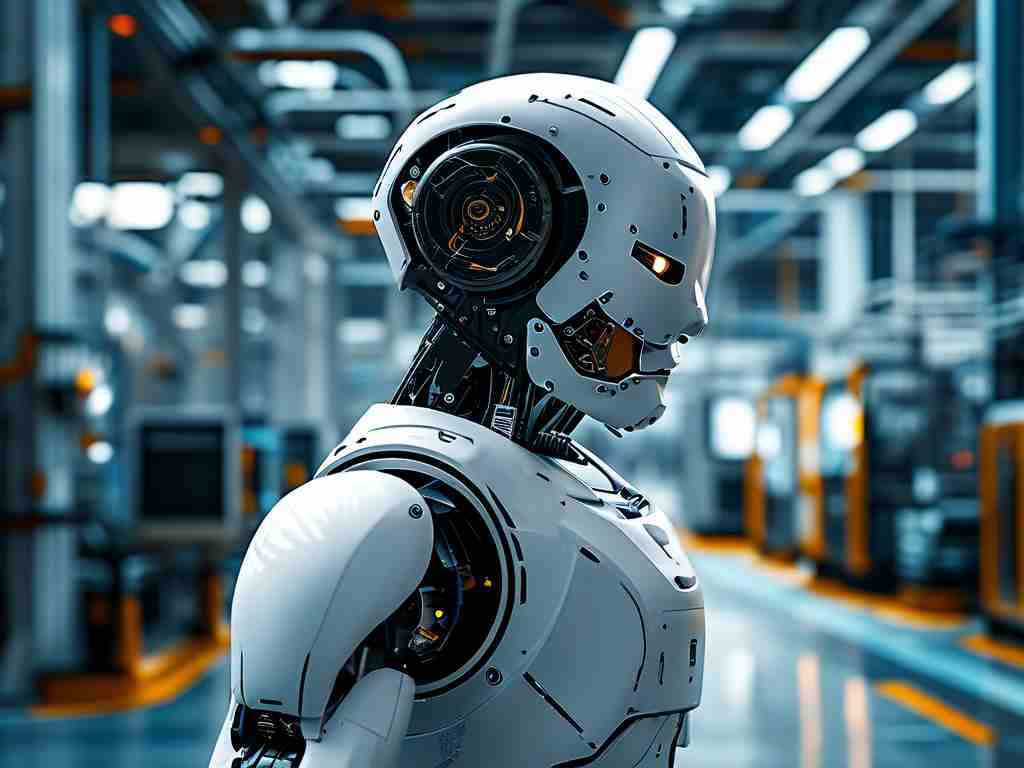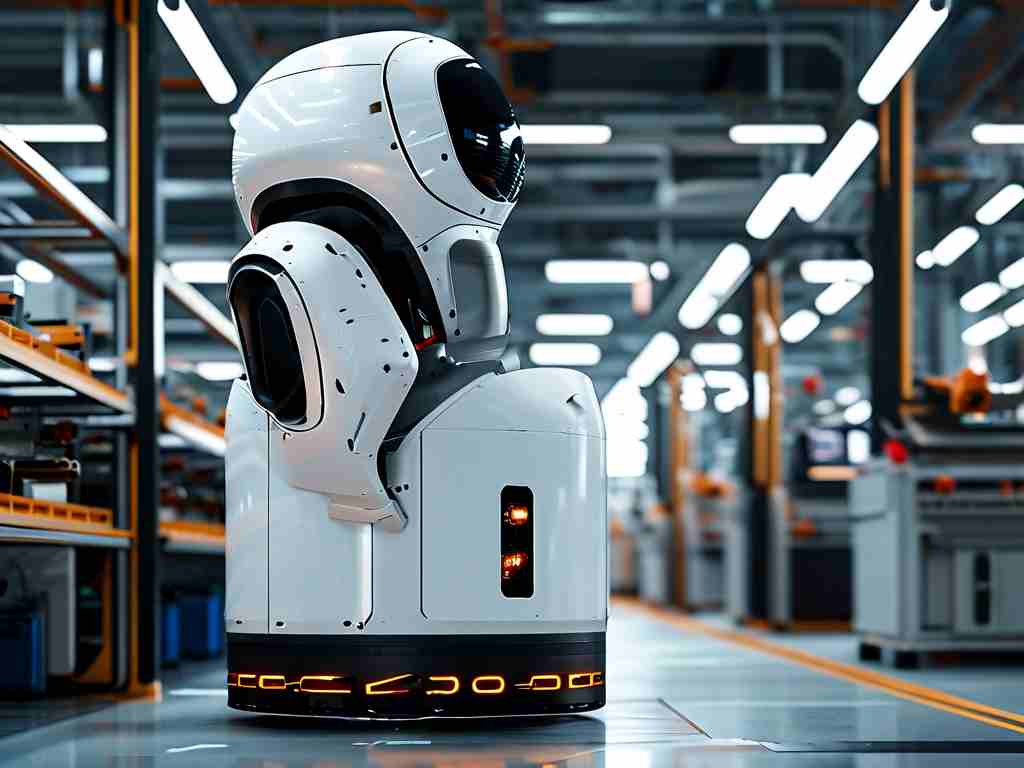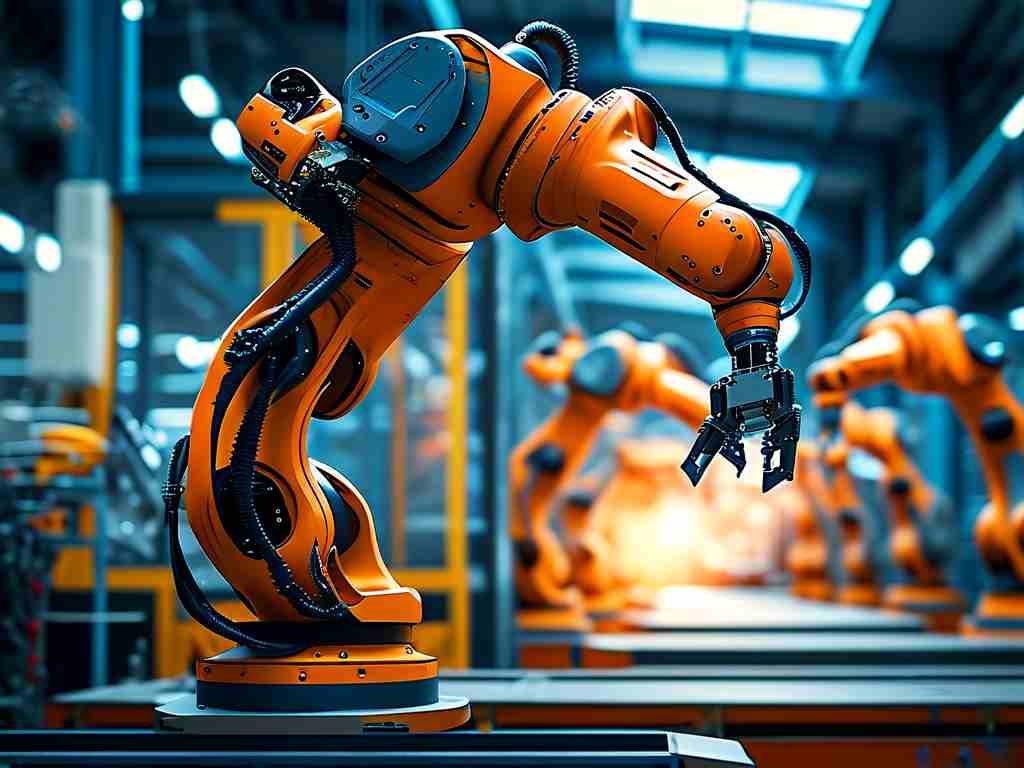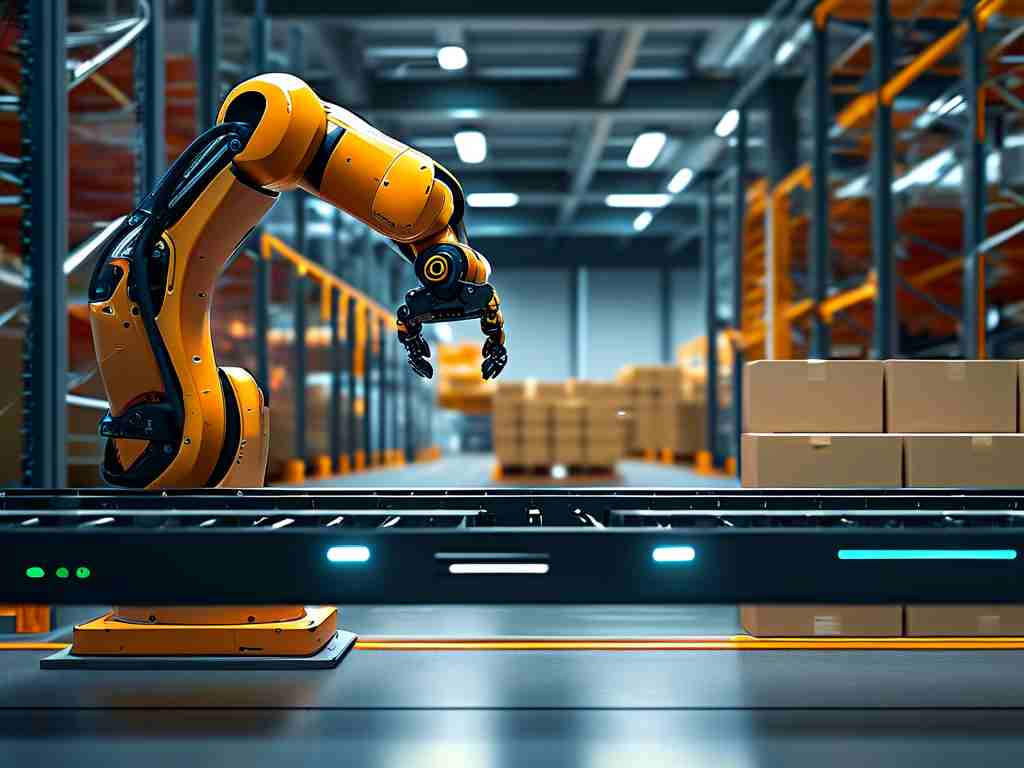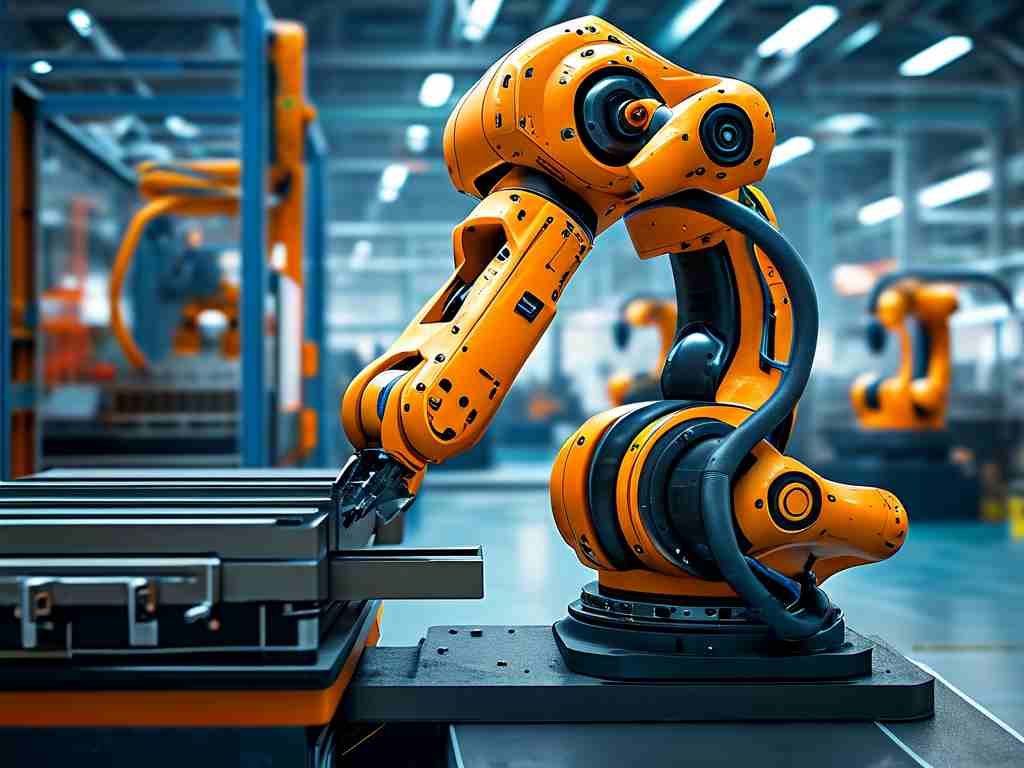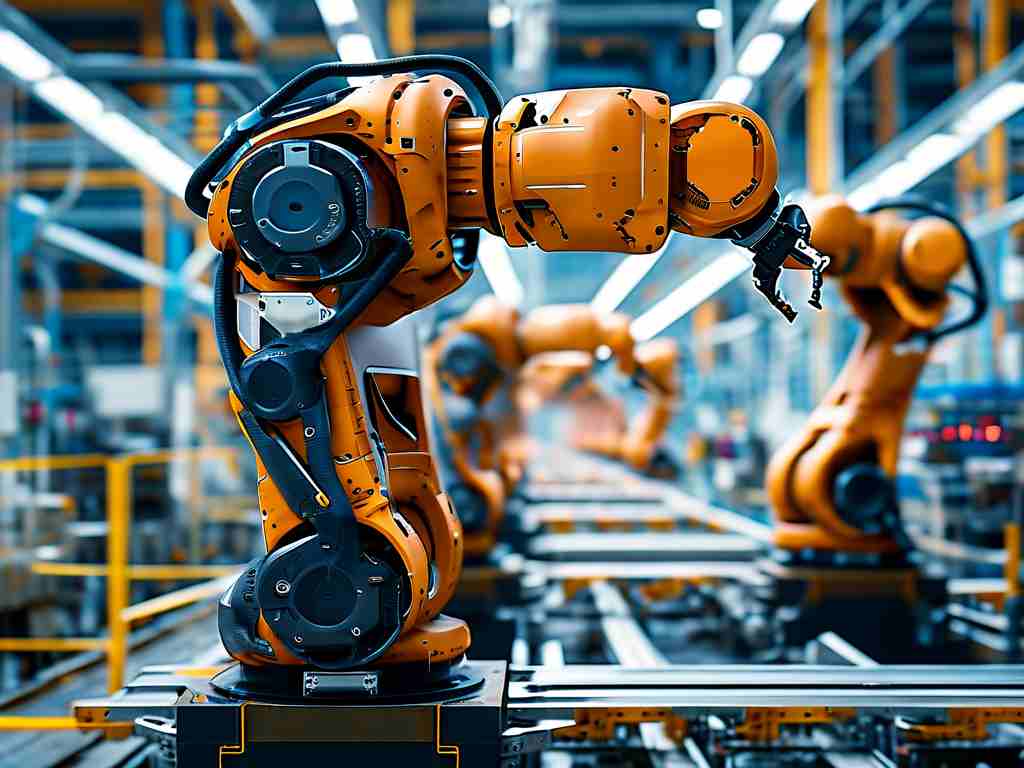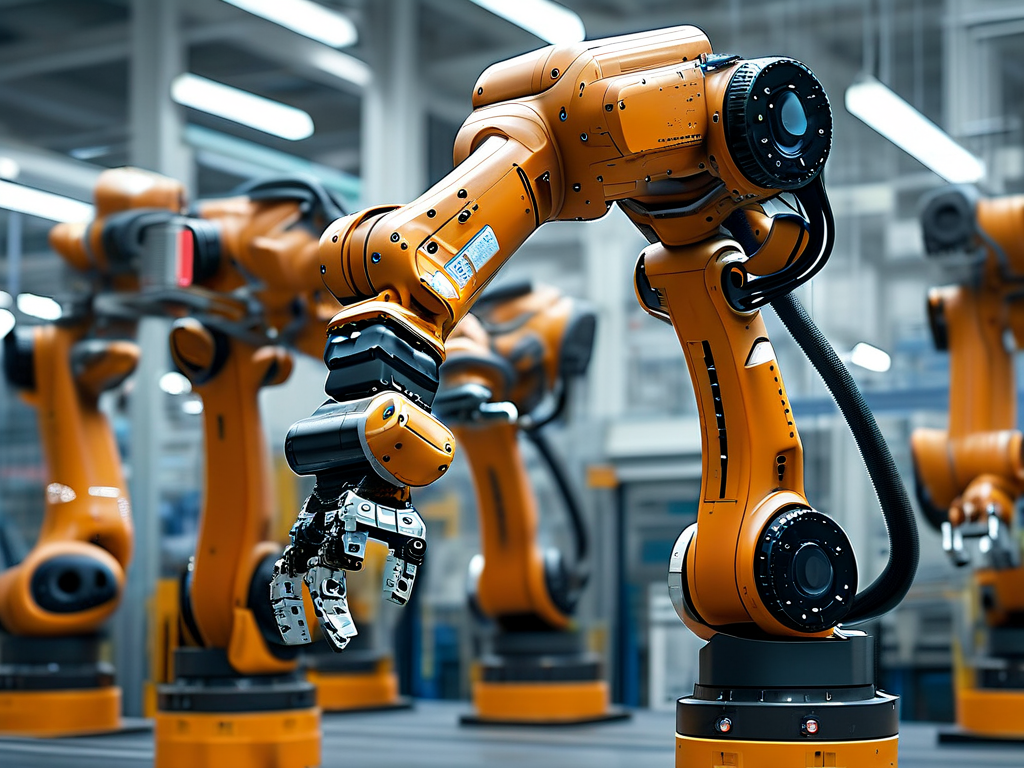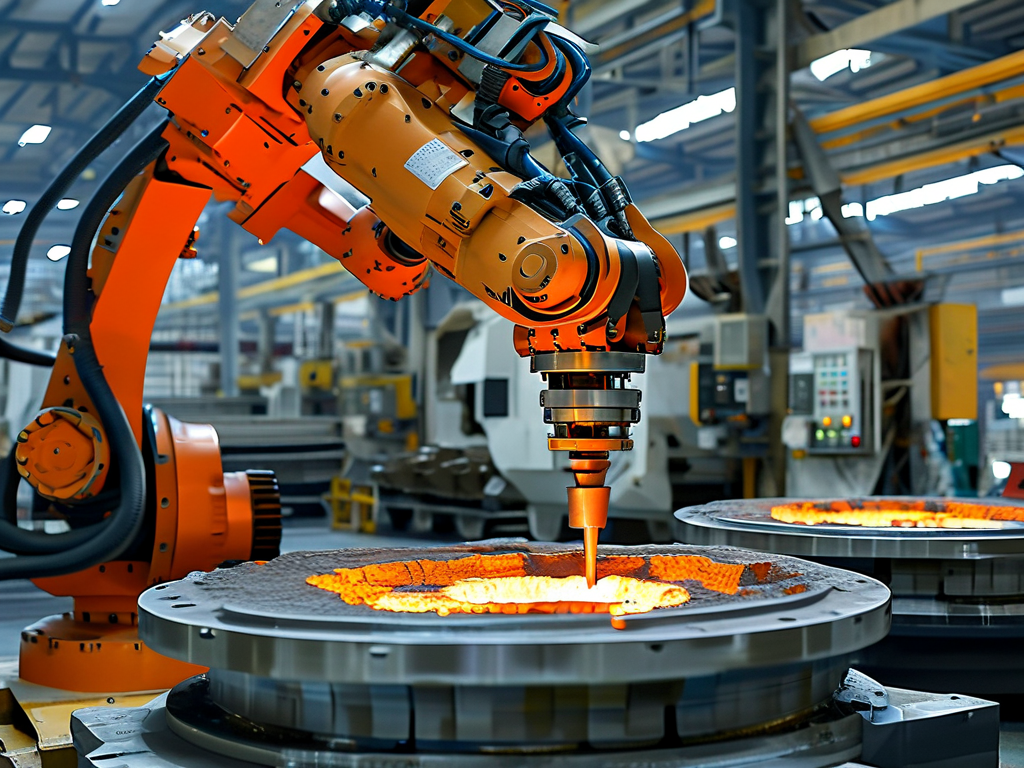The rapid advancement of intelligent robotics technology has revolutionized industries, healthcare, education, and daily life. By integrating artificial intelligence (AI), machine learning, and advanced sensor systems, modern robots now possess unprecedented autonomy, adaptability, and problem-solving capabilities. This article explores the development, applications, challenges, and future prospects of intelligent robotics, emphasizing its transformative role in shaping the 21st century.
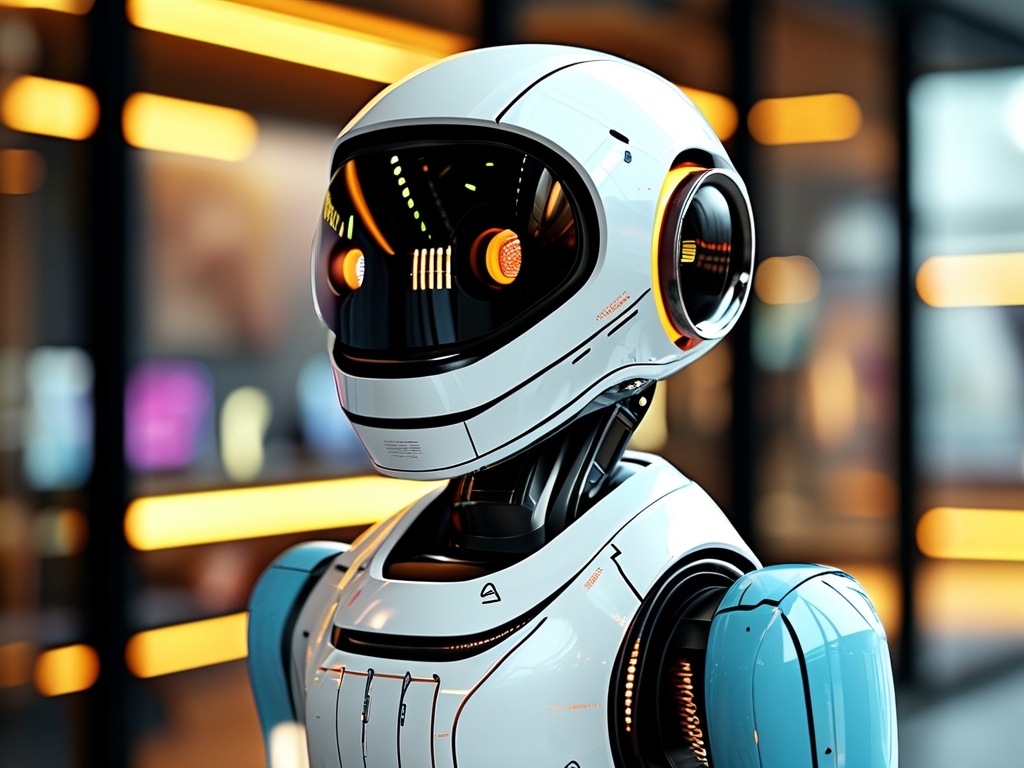
1. Historical Milestones in Robotics
Intelligent robotics emerged from early mechanical automata in the 18th century to programmable machines in the 20th century. Key breakthroughs include the invention of the first industrial robot, Unimate, in 1954, and the integration of AI in the 1980s. The 21st century saw quantum leaps with neural networks, computer vision, and collaborative robots (cobots). Today, robots like Boston Dynamics’ Atlas and SoftBank’s Pepper exemplify the fusion of mobility, cognition, and human interaction.
2. Core Technologies Driving Innovation
- AI and Machine Learning: Algorithms enable robots to learn from data, recognize patterns, and make decisions. For instance, reinforcement learning allows warehouse robots to optimize logistics paths.
- Sensor Fusion: LiDAR, cameras, and tactile sensors provide environmental awareness. Autonomous vehicles rely on this for real-time navigation.
- Edge Computing: On-device processing reduces latency, critical for surgical robots requiring millisecond precision.
- Human-Robot Interaction (HRI): Natural language processing (NLP) and emotion recognition enable robots like Sophia to engage in meaningful dialogues.
3. Transformative Applications
- Manufacturing: Smart factories deploy cobots that work alongside humans, improving efficiency by 40% in automotive assembly lines (McKinsey, 2023).
- Healthcare: Da Vinci Surgical Systems perform minimally invasive procedures, while exoskeletons aid rehabilitation.
- Agriculture: Autonomous drones monitor crop health, and robotic harvesters address labor shortages.
- Service Industry: Hotels use robot concierges, and restaurants automate food delivery via robots like Starship’s fleet.
4. Ethical and Societal Challenges
Despite progress, concerns persist:
- Job Displacement: The World Economic Forum estimates automation may displace 85 million jobs by 2025, necessitating reskilling initiatives.
- Privacy Risks: Robots equipped with cameras raise surveillance concerns.
- Bias in AI: Training data imbalances can lead to discriminatory decisions, as seen in some hiring robots.
- Autonomous Weapons: The lack of global regulations for military robots sparks ethical debates.
5. The Future of Intelligent Robotics
Emerging trends include:
- Swarm Robotics: Coordinated drone fleets for disaster response.
- Biohybrid Systems: Combining organic tissues with robotics for prosthetics.
- Quantum Computing: Enhancing AI’s problem-solving speed for complex tasks.
Experts predict a $260 billion robotics market by 2030 (Goldman Sachs), driven by aging populations and sustainability demands.
Intelligent robotics technology is redefining human capabilities and societal norms. While challenges like ethical governance and workforce adaptation remain, collaborative efforts among engineers, policymakers, and educators will ensure these machines serve as allies rather than adversaries. As we stand on the brink of a robotic renaissance, the focus must shift from mere automation to augmentation—enhancing human potential through symbiotic innovation.
Word Count: 1,023


